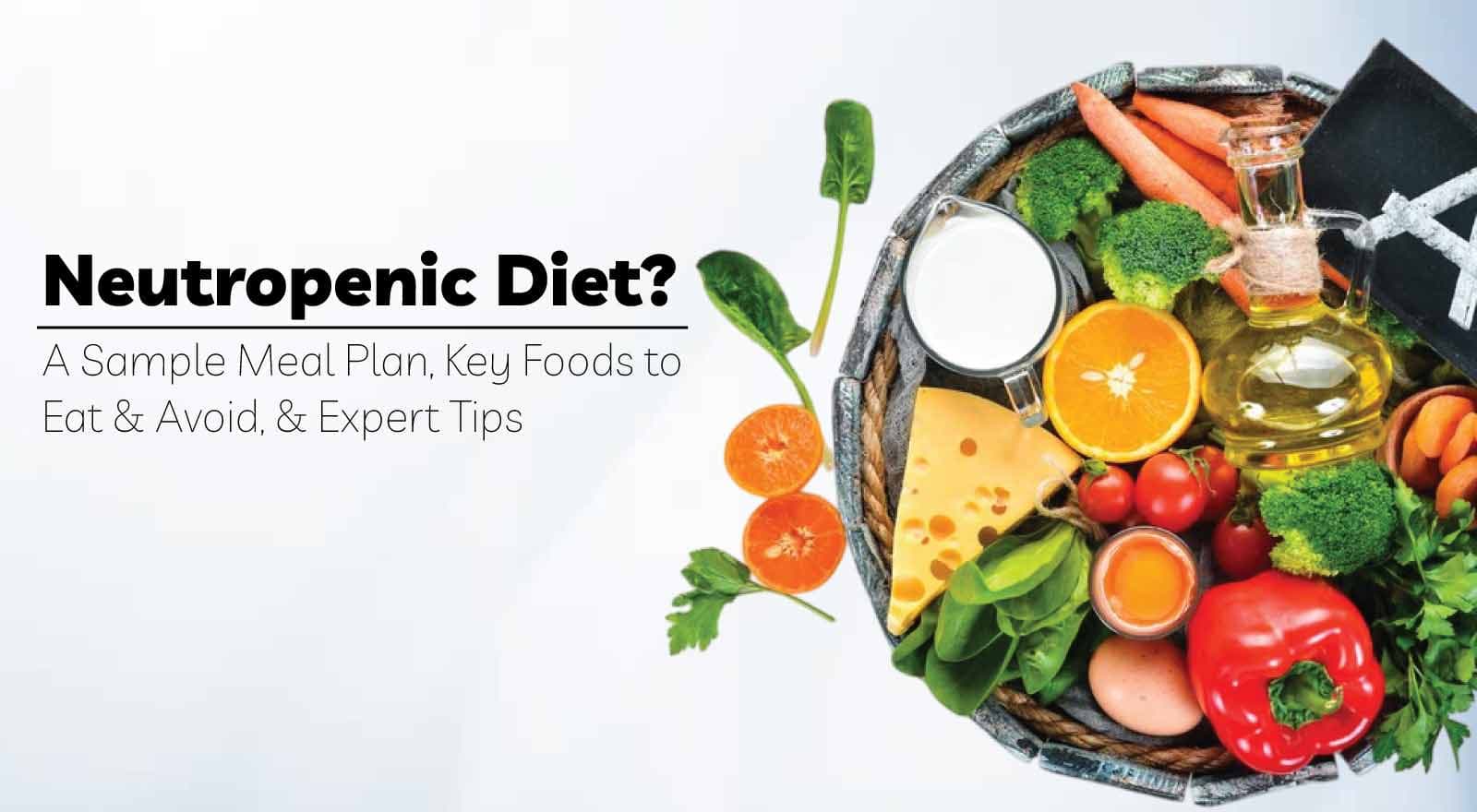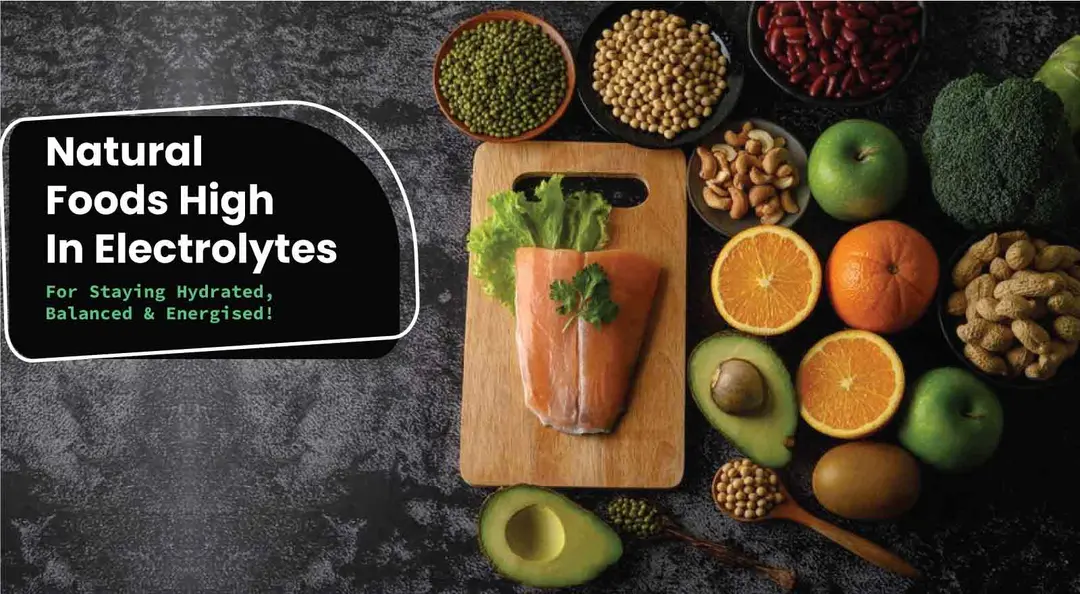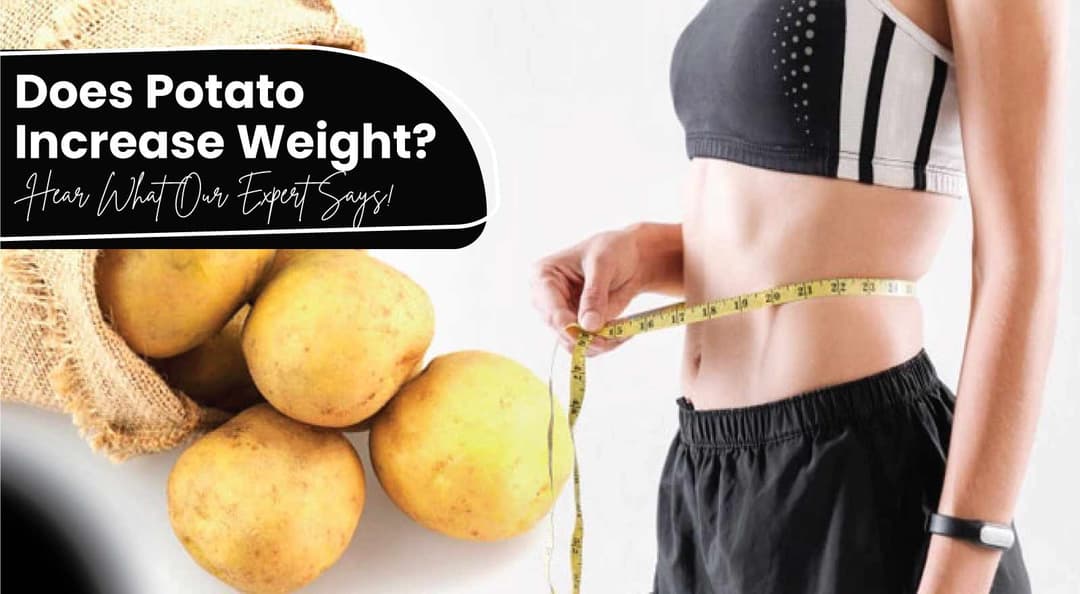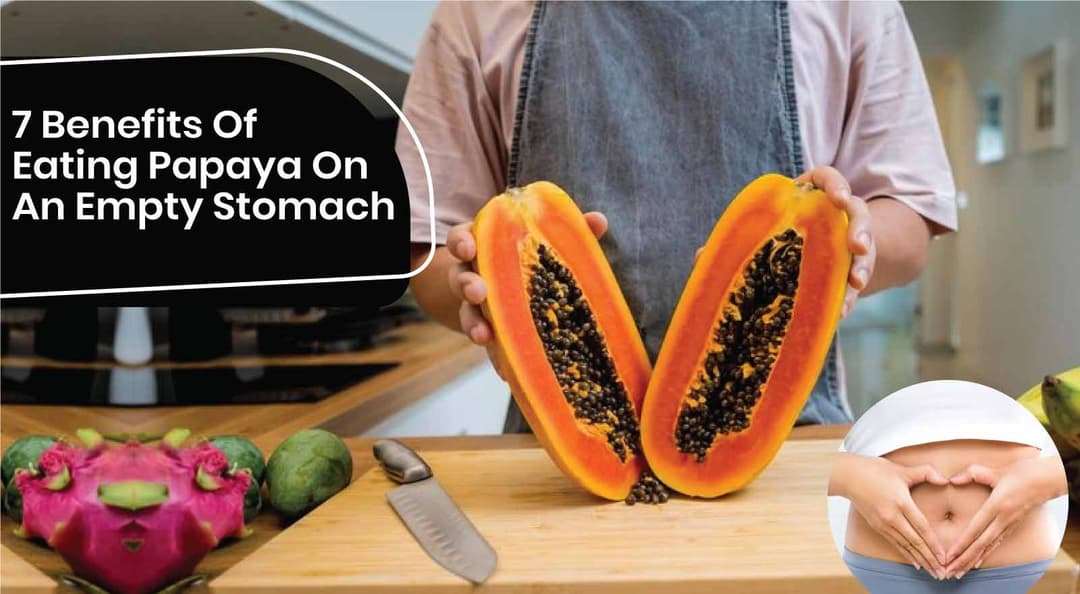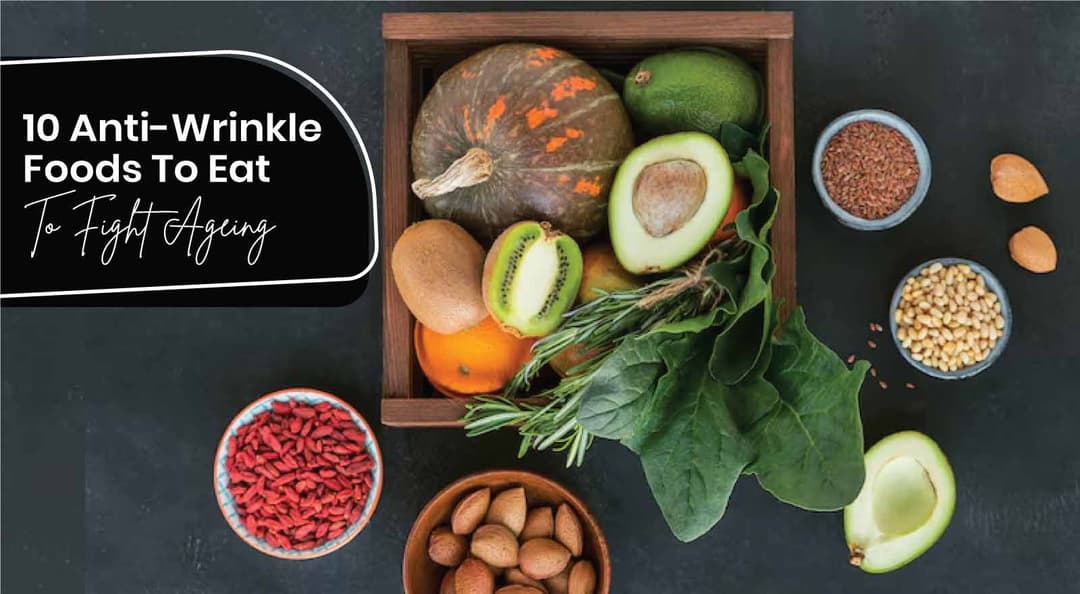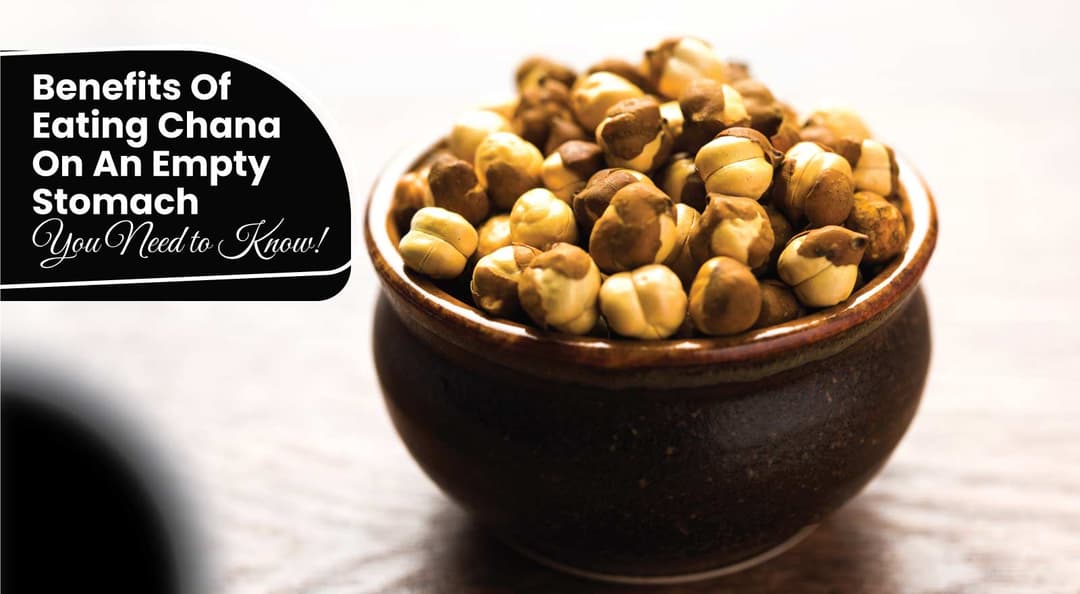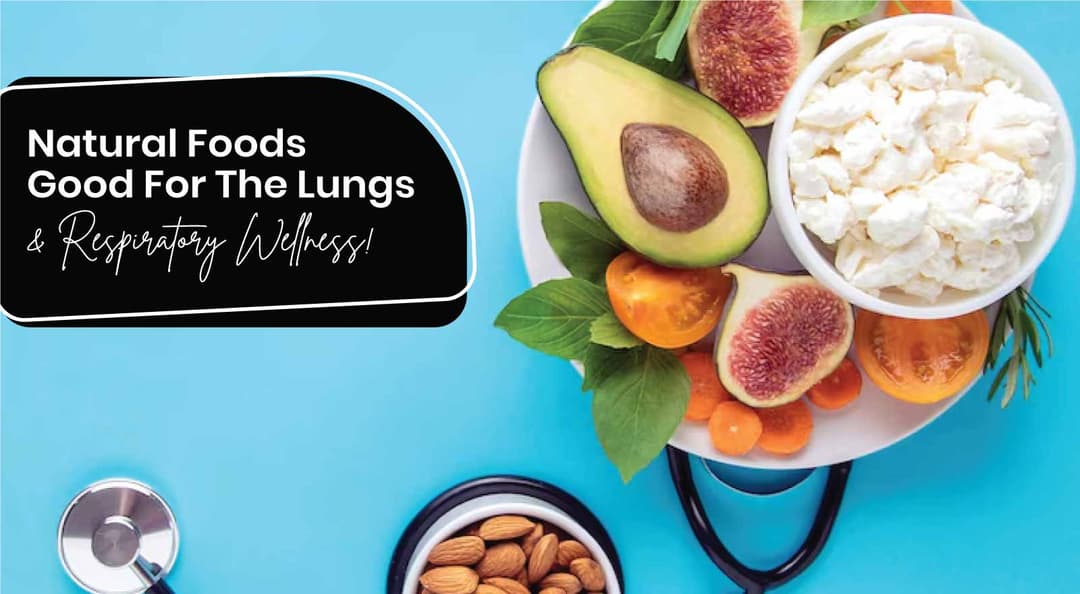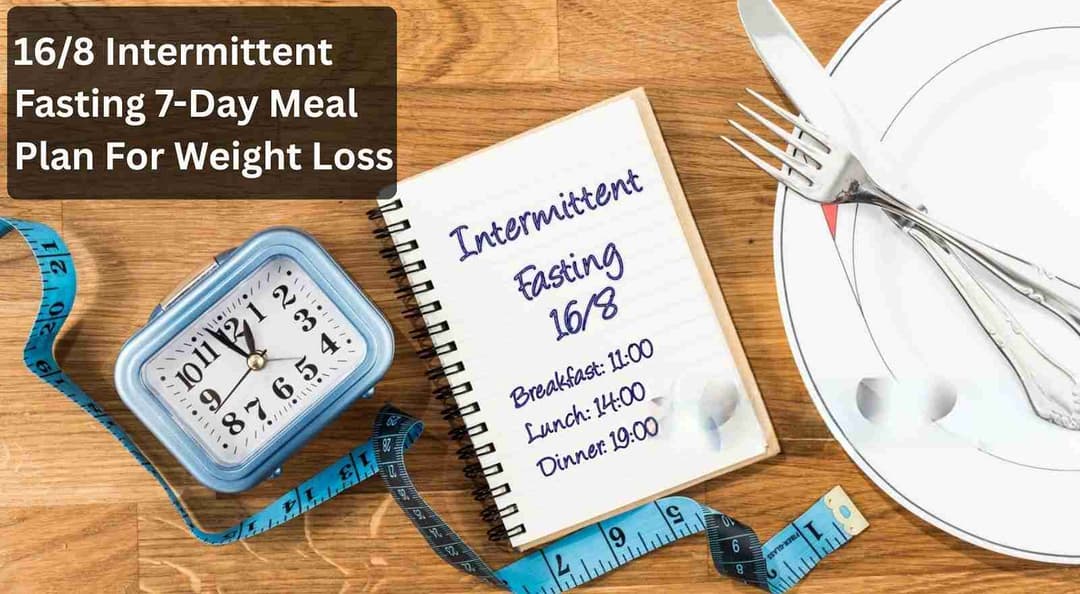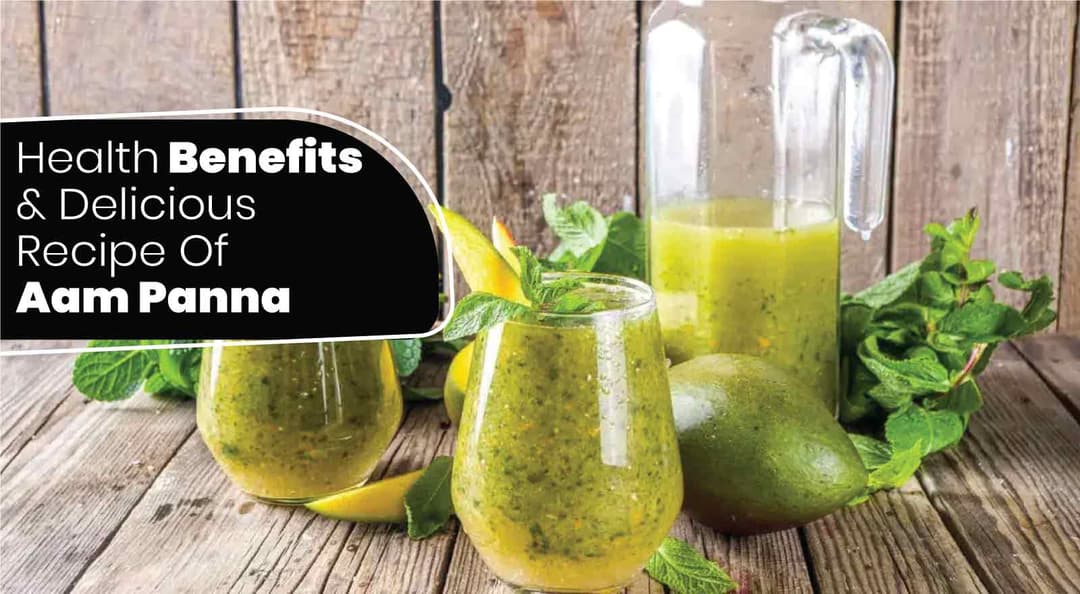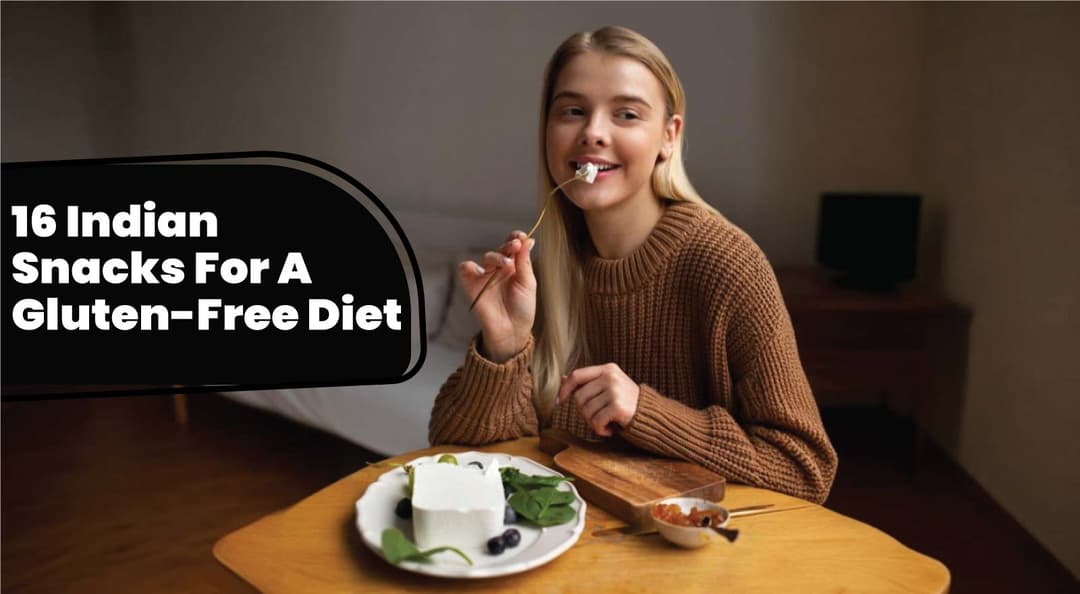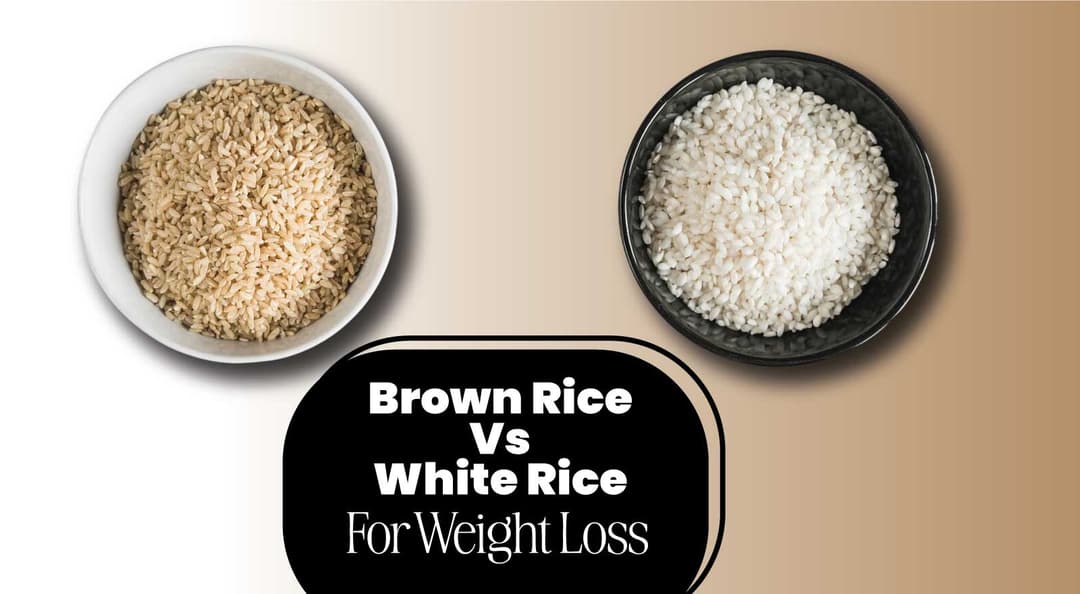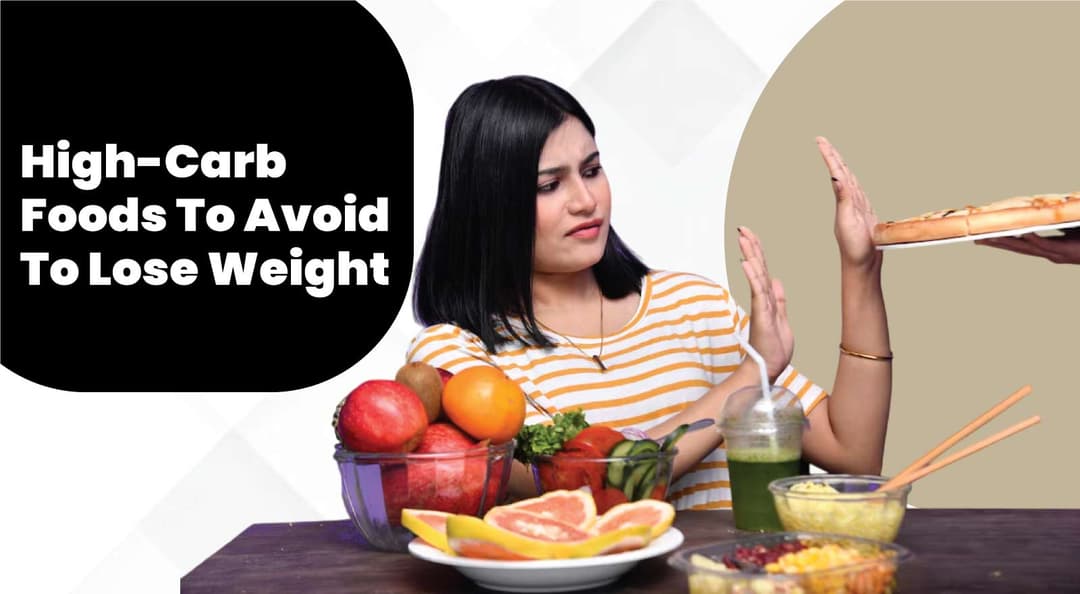Imagine your immune system's like a fortress, right? Usually, it's strong, the walls high, and the guards ready. But sometimes, life throws…like usual, the curveballs. And those walls get a little shaky.
That's when you're told you need a "neutropenic diet." Sounds intimidating, doesn't it? Like you're suddenly living in a sterile bubble, where every bite is a potential minefield. Especially here, in India, where food is life, family, and celebration.
Suddenly, "no raw salads," "no street food," "no outside chai" - it's like someone's taken away a piece of your soul. You're not just fighting a medical condition; you're fighting the fear of losing your cultural connection to food. You're wondering, "What can I eat?" "How do I make sure my family's cooking is safe?" It’s not just about what you can’t have; it's about navigating a new reality, a new way of eating. We get it.
That's why we're going to break down the neutropenic diet, not with clinical jargon but with real talk. We'll explore a sample neutropenic diet meal plan that feels like home and give you the lowdown on neutropenic diet foods to avoid without making you feel like you're missing out. Let's find a way to nourish your body and your spirit together.
Table Of Contents
- What Is A Neutropenic Diet?
- Sample Neutropenic Diet Meal Plan For Patients
- What To Eat When You Have Neutropenia? Best Foods To Include In Your Neutropenic Diet Plan
- Neutropenic Diet Foods To Avoid
- Essential Tips For Safe Food Handling In Neutropenia Diet
- Dietitian’s Recommendation
- The Final Say
- FAQs
- References
What Is A Neutropenic Diet?
Before we get into the neutropenic diet plan, let’s first understand what this condition is.
Neutropenia is a blood disorder characterised by a lower-than-normal count of white blood cells, specifically neutrophils, which play a crucial role in the immune system. A "neutropenic diet" can also be called a "low-bacterial" or "low-microbial" diet. It is a diet for those with compromised immune systems and emphasises food choices and food preparation techniques to minimise the risk of bacterial infections from foods.
Since a weakened immune system struggles to combat bacteria effectively, a neutropenic diet emphasises the safe preparation, cooking, and storage of food. Properly cooking all foods ensures the elimination of harmful bacteria. The diet strictly avoids raw or undercooked vegetables, fruits, meats, and unpasteurised dairy products to minimise infection risks.
If raw foods are not cleaned or prepared correctly, bacteria can transfer from the gastrointestinal tract to other parts of the body, potentially leading to severe infections in immunocompromised individuals. A neutropenic diet is commonly prescribed for patients undergoing stem cell transplants or receiving treatment for leukemia.
Also Read: What Is A Lacto-Ovo-Vegetarian Diet? Food List, Benefits And A Sample Diet Plan
Sample Neutropenic Diet Meal Plan For Patients

Here is a sample neutropenic diet meal plan:
Neutropenic Diet Meal Plan | |
Time | Meal |
| Early Morning | 1 glass lukewarm Water with 5 Almonds (Overnight Soaked) & 2 Walnut halves |
| 8 AM | 1 cup Black Coffee or Green Coffee |
| Breakfast | (Choose any one.)
|
| Mid-Morning | 1 glass of Fruit Juice with Chia Seeds |
| Lunch | 1 bowl steamed Vegetables Salad + 1 bowl thoroughly cooked Chicken or Fish Curry or Egg Curry or Whole Beans Curry (Chana/Rajma/Lobia) or Egg & Paneer Bhurji + 2 Whole Wheat or Multigrain Roti + 1 bowl Brown Rice |
| Evening | 1 bowl Mix Fruit Chaat (Use only papaya, watermelon, muskmelon, pineapple, banana, and orange as all of these can be peeled before use) + 1 cup Green Tea |
| Dinner | 1 bowl Mix Vegetables or Chicken Soup + 1 bowl steamed Vegetables & Quinoa Salad + 4-5 pcs grilled Fish or Chicken or Tofu + 1 bowl Veg Pulao or Egg Pulao or Tomato Chicken Pulao |
Also Read: 6 Surprising Benefits of Eating Boiled Vegetables + 10 Veggies That Are Healthier When Boiled
What To Eat When You Have Neutropenia? Best Foods To Include In Your Neutropenic Diet Plan
The following foods are safe to consume on a neutropenic diet:
- Dairy: All pasteurised milk and dairy products such as cheese, yogurt, ice cream, and sour cream.
- Carbohydrates: All breads, flours, cooked pasta, fries, toast, cereals, cooked sweet potatoes, beans, corn, peas, whole grains, and millets.
- Vegetables: Only cooked or frozen vegetables.
- Fruits: Canned and frozen fruits, fruit juices, and thoroughly washed and peeled fruits like bananas, oranges, watermelon, muskmelon, and sweet lime.
- Protein: Thoroughly cooked pulses, beans, meat, poultry, and hard-boiled or fully cooked eggs.
- Beverages: Filtered tap water, bottled or distilled water, canned or bottled drinks, green tea, coffee, and both instant and brewed tea and coffee.
Also Read: 14 Foods That Purify Blood: Improve Your Health | ToneOpFit
Neutropenic Diet Foods To Avoid
If you are following a neutropenic diet, avoid consuming raw or undercooked meats, eggs, unpasteurised dairy products, and uncooked fruits and vegetables. It is also essential to avoid drinking water that has not been distilled, filtered, or boiled for at least one minute.
Although certain fruits, such as apples or cucumbers, may be consumed if thoroughly washed and peeled, some fruits with protective peels, like bananas and oranges, can be safely eaten after washing.
Foods to Exclude in a Neutropenic Diet:
- Dairy Products: Unpasteurized milk and yogurt, soft cheeses (Brie, Feta, sharp Cheddar), moldy cheeses (Gorgonzola, Blue cheese), raw paneer or tofu, and cheeses with uncooked vegetables.
- Raw Starches: Bread with raw nuts, uncooked pasta, raw oats, and raw grains.
- Vegetables: Raw vegetables, salads, uncooked herbs, and spices.
- Fruits: Raw fruits, unpasteurised fruit juices, and dried fruits.
- Protein: Raw or undercooked meat, poultry and fish, cold-stored meat, and uncooked eggs with runny yolks.
- Beverages: Sun tea, cold-brewed tea, eggnog made with raw eggs, and fresh apple cider.
Also Read: Your Secret Weapon To Slim Down Fast: 20 Weight Loss Fibre Foods And Their Game-Changing Benefits
Essential Tips For Safe Food Handling In Neutropenia Diet
The key rule of a neutropenic diet is to consume only cooked foods and avoid raw items. Cooking food at high temperatures eliminates microorganisms that could pose a risk. Safe food handling practices are crucial to maintaining hygiene and minimising bacterial contamination.
Here are some essential food safety tips:
- Always clean your hands, dishes, and kitchen equipment with warm soapy water before cooking and eating.
- Wash all ingredients thoroughly before cooking.
- Use separate chopping boards for meat and vegetables to prevent cross-contamination. Plastic cutting boards are preferable as they can be easily cleaned.
- Clean the mouth of canned, packaged, or bottled food containers before opening them.
- Before purchasing, ensure that canned foods are properly sealed and check their expiration dates.
- Maintain food temperatures: Keep hot foods above 63°C and cold foods below 5°C.
- Cook all food thoroughly, especially meat and eggs, to eliminate bacteria.
- Thaw frozen foods using a microwave instead of leaving them at room temperature.
- Discard leftover food unless it is consumed within 4-5 hours of cooking.
- Perishable foods such as custard, pudding, eggs, and dishes made with cream should be discarded if not eaten within an hour after preparation.
- When dining out, opt for freshly prepared, made-to-order meals and avoid buffet-style, pre-prepared, or cold-stored food items like fast food, salads, and sandwiches.
Also Read: What Is Yo-Yo Dieting? Know About Diet Plans, Side Effects, And Tips To Break The Cycle!
Dietitian’s Recommendation
A neutropenic diet is essential for individuals with a weakened immune system as it helps minimise the risk of infections with contaminated food and beverages. As an expert, I would recommend following the recommended food instructions and avoiding high-risk foods that can affect your health and recovery. I would also suggest eating a balanced diet with a wide range of food when you are on a neutropenic diet. Proper eating will give you the energy you need to help you in treatment and support your recovery. Also, it is extremely important to follow a good fitness regime based on your endurance and the need to boost the recovery and impact of a neutropenic diet.
Dt. Lavina Chauhan
The Final Say
Eating the right foods when your immune system is weak can make a big difference in your health. A neutropenic diet helps protect you from harmful bacteria while still giving your body the nutrition it needs. By choosing safe, well-cooked meals and avoiding risky foods, you lower your chances of infection and feel stronger every day.
FAQs
1. What is the best vitamin for neutropenia?
The best vitamin for neutropenia is Vitamin B6 (pyridoxine), as deficiencies in this vitamin have been linked to neutropenia and can improve neutrophil counts when supplemented. Additionally, monitoring levels of folate and Vitamin B12 is also recommended in patients with neutropenia.
2. What should you avoid if you have neutropenia?
The primary concern is minimising exposure to infections. This means avoiding:
- Sick individuals.
- Crowded places, especially during flu season.
- Raw or undercooked foods can harbor bacteria.
- Activities that could lead to cuts or injuries.
3. What are the dietary guidelines for neutropenia?
A neutropenic diet focuses on food safety to reduce the risk of bacterial infections. Key guidelines include:
- Thoroughly cooking all meats, poultry, and seafood.
- Wash fruits and vegetables meticulously.
- Avoid raw sprouts, unpasteurized dairy, and certain cheeses.
- Following food safety guidelines to prevent food borne illness.
4. How to raise neutrophils naturally?
While a healthy diet supports overall immune function, it may not be sufficient to raise neutrophil counts significantly in cases of established neutropenia.
In some cases where neutropenia is caused by vitamin deficiencies, those deficiencies can help. Medical interventions, such as granulocyte colony-stimulating factor (G-CSF) injections, are often necessary.
5. What is the best treatment for neutropenia?
Treating the underlying cause is the best possible treatment for neutropenia. These include:
- Treating underlying infections.
- Discontinuing medications that cause neutropenia.
- G-CSF injections to stimulate neutrophil production.
- In severe neutropenia, bone marrow or stem cell transplantation.
6. What is an immunosuppressed diet?
An immunosuppressed diet, often called a neutropenic diet, is designed to minimise the risk of foodborne infections in individuals with weakened immune systems.
It emphasises thoroughly cooked foods, washed produce, and the avoidance of high-risk items like raw foods and unpasteurised products.
7. What is the main cause of neutropenia?
Neutropenia can stem from various causes, including:
- Medications (e.g., chemotherapy).
- Infections (viral, bacterial, fungal).
- Autoimmune diseases.
- Bone marrow disorders.
- Nutritional deficiencies.
- Genetic conditions.
8. What is stage 4 neutropenia?
Neutropenia isn't typically staged like cancer. Instead, it's classified by severity based on the absolute neutrophil count (ANC):
- Mild: ANC 1,000 to 1,500 cells/µL.
- Moderate: ANC 500 to 1,000 cells/µL.
- Severe: ANC less than 500 cells/µL.
Therefore, severe neutropenia would be considered the most serious.
References
- https://bloodcancer.org.uk/understanding-blood-cancer/treatment/infection-neutropenia-sepsis/neutropenia/eating-safely-neutropenia/
- https://gleneagles.com.my/penang/articles/neutropenic-diet
- https://www.healthline.com/health/neutropenic-diet#takeaway
- https://www.mdanderson.org/cancerwise/neutropenic-diets--what-cancer-patients-should-know.h00-159542112.html
- https://blooddoctor.in/2020/04/23/%E0%A4%A8%E0%A5%8D%E0%A4%AF%E0%A5%82%E0%A4%9F%E0%A5%8D%E0%A4%B0%E0%A5%8B%E0%A4%AA%E0%A5%87%E0%A4%A8%E0%A4%BF%E0%A4%95-%E0%A4%86%E0%A4%B9%E0%A4%BE%E0%A4%B0/
- https://hillman.upmc.com/patients/community-support/education/miscellaneous/neutropenic-diet
- https://www.mskcc.org/experience/patient-support/nutrition-cancer/diet-plans-cancer/neutropenic-diet
About ToneOp Fit
ToneOp Fit is a platform dedicated to improving and maintaining good health through a comprehensive range of goal-oriented health plans with up to 3 Coach support. With a range of Weight Management, Medical Condition, Detox Plans, and Face Yoga Plans, the app also provides premium health trackers, recipes and health content. Get customised diet, fitness, naturopathy & yoga plans and transform yourself with ToneOp.












